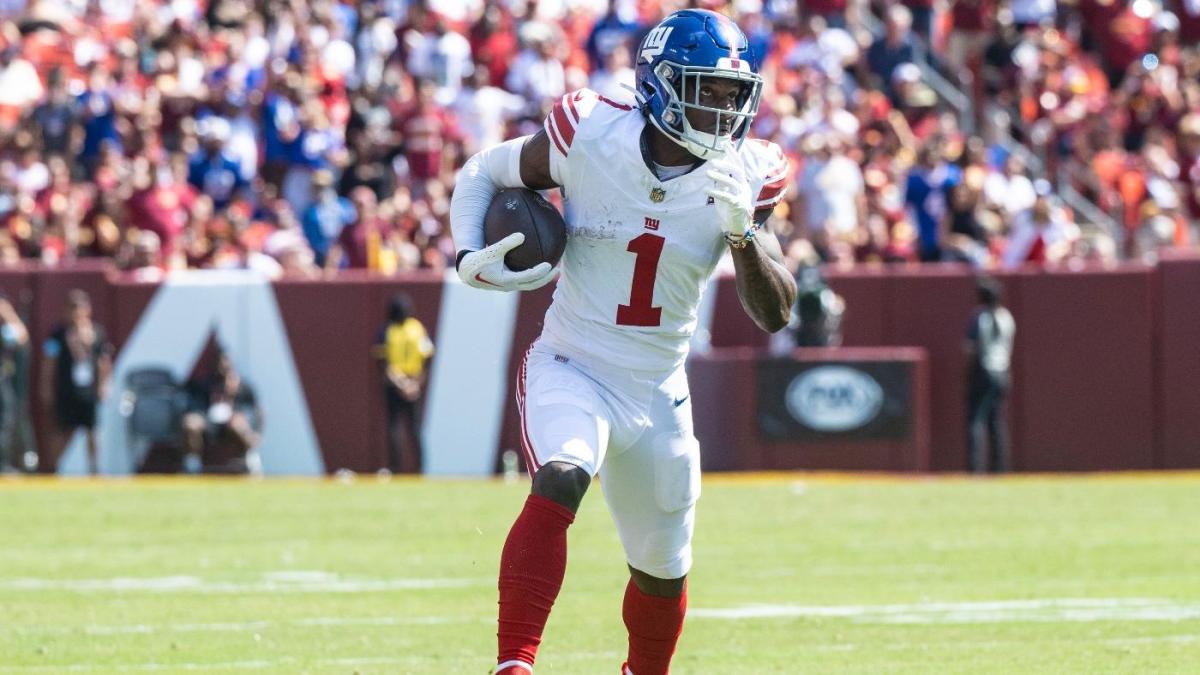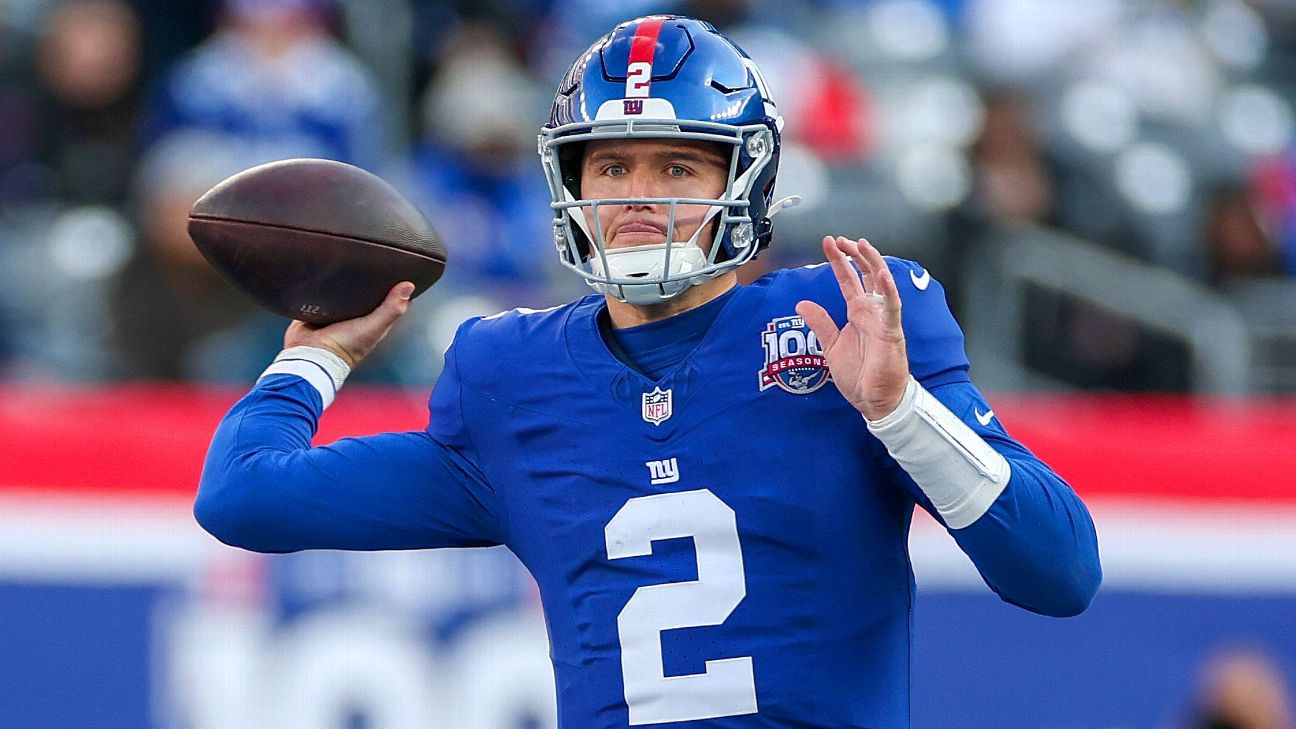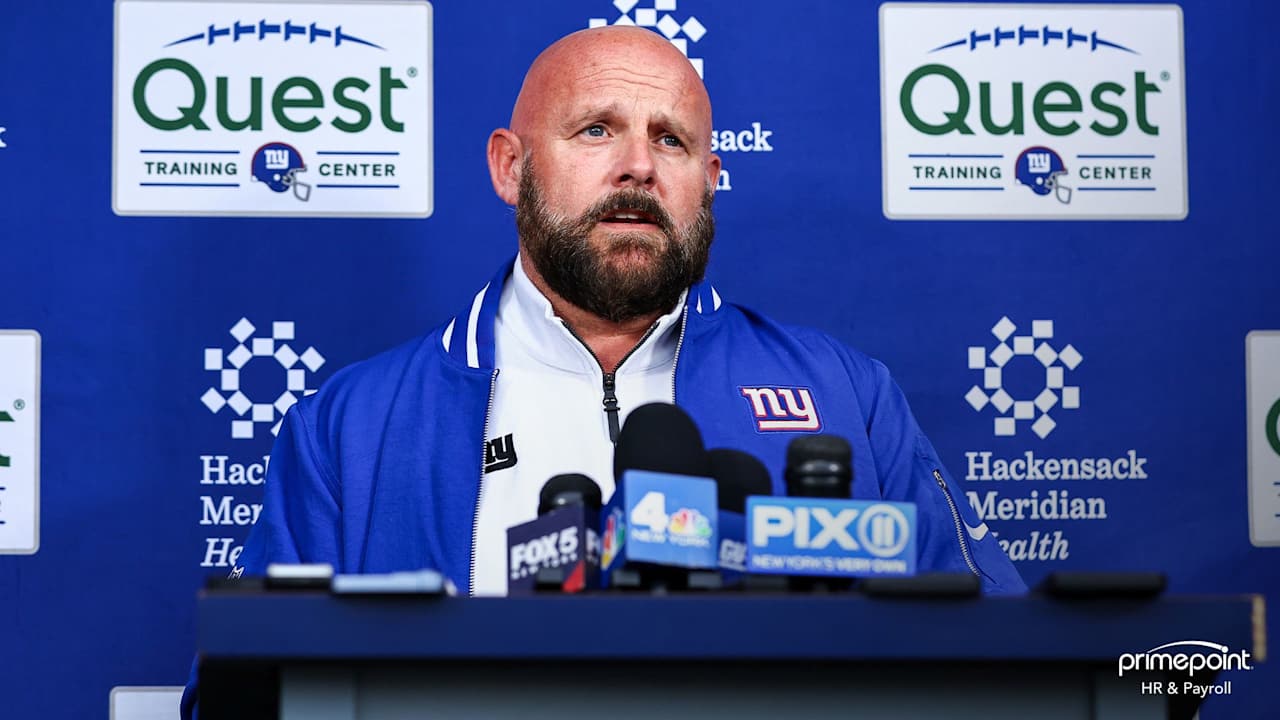Shopping
NYC reaches deal with 5th Avenue merchants to redesign busy shopping corridor

After years of deliberation, Mayor Eric Adams and a coalition of Midtown business groups on Thursday unveiled a plan to redesign a stretch of Fifth Avenue that’s notoriously clogged with traffic and tourists.
The proposal would free up space for pedestrians and window shoppers by doubling the width of the sidewalks along the busy retail corridor between Bryant Park and Central Park. The plan also aims to reduce the number of traffic lanes along the same stretch from five to three, while also shrinking the number of dedicated bus lanes from two to one. Renderings published by the city show hundreds of new trees, planters and benches throughout the area.
City officials estimated the redesign would cost $350 million for the street changes, which wouldn’t include the cost to relocate underground utilities and sewers. They said taxpayers would cover a majority of the price tag, adding that private business groups would pay for a portion of the work — but did not specify how much.
“Right now, 70% of the people on Fifth Avenue are pedestrians, but they can only utilize less than half the space,” Adams said in a statement. “That makes no sense.”
The release of the plan is the latest turn in negotiations between city officials and powerful business leaders over the future of Fifth Avenue that have spanned two mayoral administrations. Back in 2020, during the peak of the COVID-19 pandemic, former Mayor Bill de Blasio announced a plan that would have turned the same stretch of Fifth Avenue into a busway similar to the one currently in place along 14th Street in Manhattan. The idea, which never came to fruition, aimed to ban most passenger car traffic along the street to prevent MTA buses from being caught in congestion.
Adams’ new plan has the backing of influential Midtown business and civic leaders, including the Bryant Park Corporation, the Grand Central Partnership, the Central Park Conservancy and the Fifth Avenue Association.
Transit advocates applauded reducing the roadway in order to make way for more pedestrians, but said the plan moved the city in the wrong direction because it takes away one of the dedicated bus lanes while keeping two lanes for passenger vehicles.
“There’s plenty of room for better buses and better pedestrian facilities to coexist, but not if there’s through-car traffic,” said Danny Pearlstein, policy director for the transit advocacy group Riders Alliance. “There just isn’t enough space for that because not only do you have cars in that lane, but you have cars going around other cars that are blocking that lane.”
Pearlstein said Adams was cutting out the public and caving to the interests of business groups even without a funding commitment.
“However much money it is, and maybe not very much at all, it’s enough to hijack the public process,” said Pearlstein.
Cycling advocates also criticized the plan for not adding a dedicated bike lane to the street. Instead, officials plan to widen the existing bike lane on Sixth Avenue to allow cyclists to ride in both directions.
“You’re going to be very frustrated trying to ride south on Sixth Avenue as a cyclist and sort of inviting everyone to try to beat every light,” said Jon Orcutt, policy director of Bike New York and a former city transportation official.
Madelyn Wils, interim president of the Fifth Avenue Association, which is largely made up of real estate and retail businesses, said data shows far more pedestrians use Fifth Avenue than bus riders or cyclists.
“If we are not working off the data and come up with a plan that doesn’t address what’s actually happening on Fifth Avenue, will we pay for that?” she said, “Probably not.”
Wils said it was too early to speculate how much private groups would be willing to pay for the redesign.
It’s unclear when — or if — the changes would become reality. City officials said the planning process for the street would likely last well into 2026, when a new mayor could be in office.









